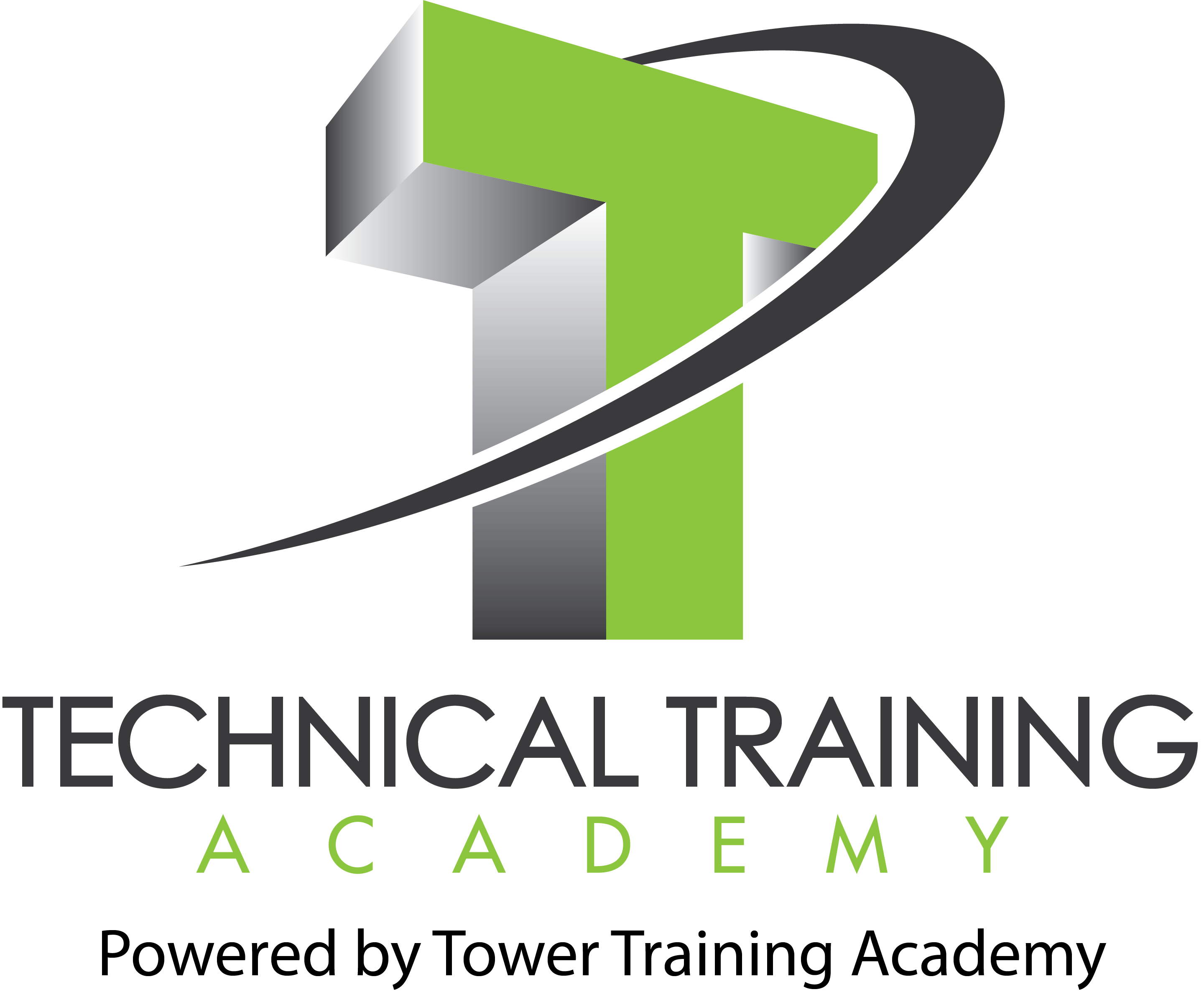
Gain a comprehensive understanding of OSHA 29 CFR 1910—the core standard for general industry workplace safety. This training covers essential regulations designed to protect workers from a wide range of hazards, including electrical risks, fall protection, hazardous materials, and more. Whether you're new to OSHA compliance or looking to strengthen your knowledge, this course equips you with the tools to create a safer, more compliant work environment.

